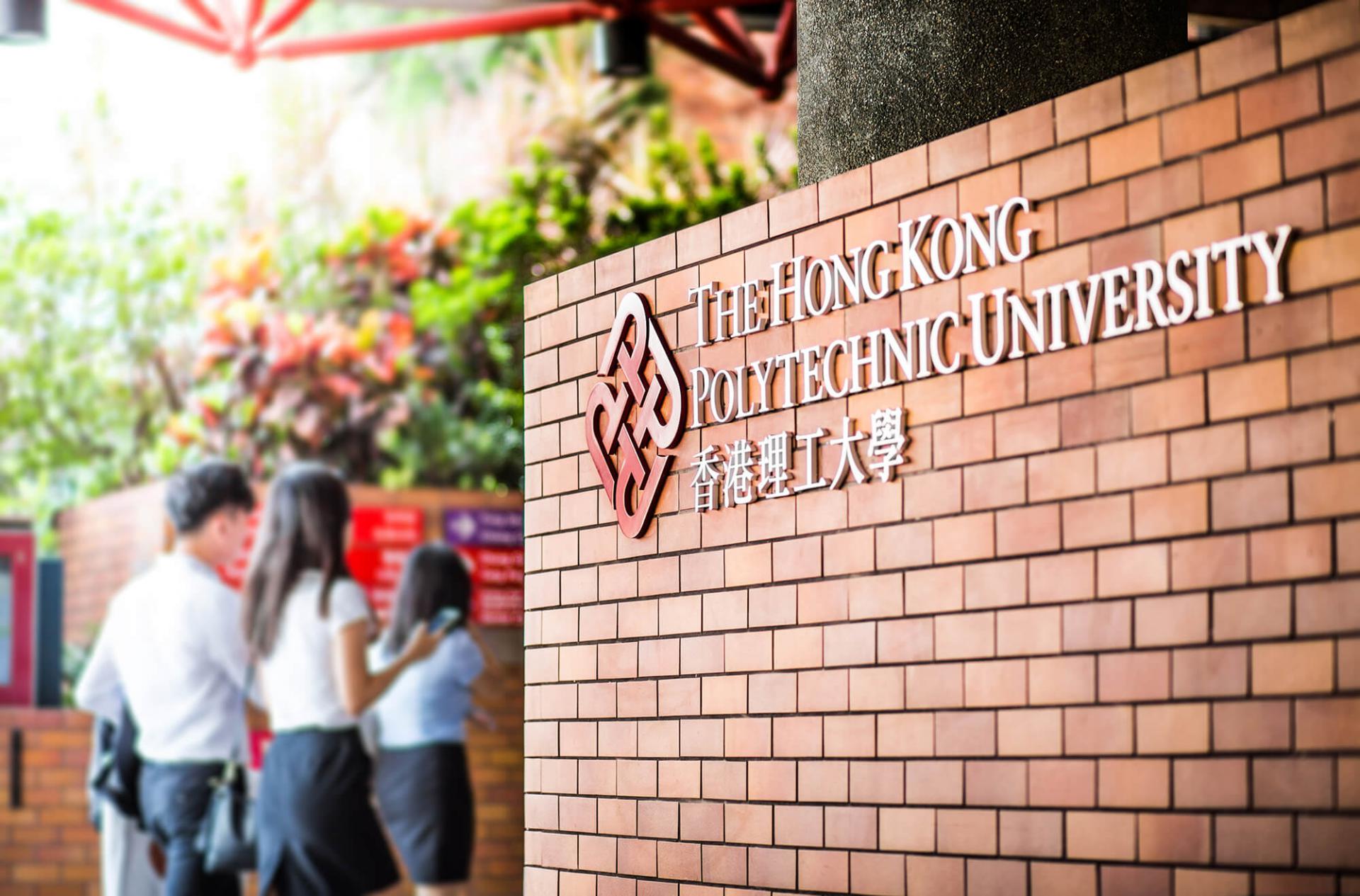
Ammonia-powered Fuel-Cell Electric Vehicles in Hong Kong
The development of the project includes the hybrid energy storage system consisting of the ammonia-powered fuel cell, the Li-ion battery and the super-capacitor, the power conditioning system for the ammonia-powered fuel cell, the energy control technology for improving system efficiency, and the mini-ebus prototype with the total drive range of 500 km.
A hydrogen-powered EV has disadvantages of high cost of hydrogen storage and risk of explosion. In this project, hydrogen is produced from ammonia on the vehicle for feeding fuel cells. A large storage of hydrogen is not needed as the hydrogen is consumed immediately. There are no hazardous issues from the hydrogen. Non-explosive ammonia is a zero-emission fuel.
- The developed technology to convert ammonia to hydrogen includes the catalyst materials’ design, the catalyst evaluation apparatus, the ammonia purification technique, the reactor design and optimization, and the powerpack assembly design. The developed ammonia-hydrogen conversion system outputs the gas mixture consisting of 75% hydrogen and 25% nitrogen.
- The developed energy control technology applied to the hybrid energy storage system including the ammonia-powered fuel cell unit, Li-ion battery and super-capacitor, is to implement economic ammonia consumption, high system efficiency, protecting fuel cells, battery and super-capacitor from performance degradation, prolonging service lifetime of fuel cells, battery and super-capacitor.
- The world's first ammonia-powered fuel cell hybrid electric vehicle can extend the drive range of conventional electric vehicles. Ammonia (NH3) is a non-explosive and zero-emission fuel. It is widely available.
- There is no need to have a large storage of hydrogen in the vehicle as all the hydrogen is consumed immediately. There are no hazardous issues from the hydrogen. Ammonia can be stored at several atmospheres. Hence, it is safer and can be managed more easily.
- The refilling system of ammonia is easy to operate (similar to the gas station system), and liquid ammonia is more suitable for storage on electric vehicles. Furthermore, the process to refill ammonia is much faster than refilling hydrogen or charging battery.
- Electric vehicles
- Power generation station
- Hydrogen production station
Patent
- Carbon-free hydrogen carrier based ammonia powered electric vehicle
With over 80 years of proud tradition and ranking among the world’s top 100 institutions, The Hong Kong Polytechnic University (PolyU) aspires to be a leading university with world-class research and education.
PolyU is a home for educating thinkers, discoverers, innovators and communicators in delivering positive impact. We are committed to nurturing tomorrow’s leaders today, through a holistic education that provides graduates unrivaled placements to thrive in communities, industries and businesses.








